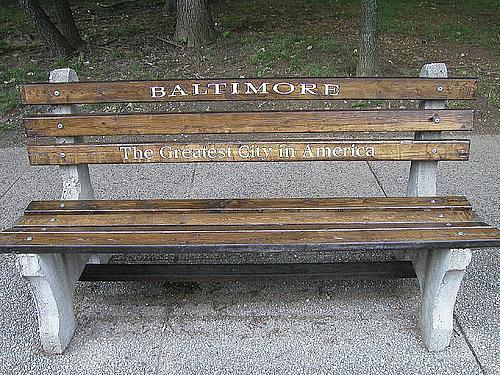Violence in Baltimore is about health, too

Violence is no stranger to Baltimore, but in recent weeks it hit proportions that stunned even a city often numb to the shootings and stabbings that are a regular occurrence. Just after summer started, the city grappled with a wave of violence where 28 people were shot in less than a week. The story of the violence was addressed from the political and law enforcement angle. But the side of the story that was not so obvious was the public health impact. But the health implications of violence are a real and problematic issue.
The Baltimore City Health Department and state Office of Minority Health lists homicide alongside diabetes, heart disease and cancer as one of several health disparities affecting communities of color. If you’re African American and live in Maryland, you are 5.9 times more likely to die from homicide than if you are white. In Baltimore City, African Americans are twice as likely to be killed in an act of violence than residents in the rest of the state. Shootings, stabbings and other acts of violence take hundreds of lives in Maryland each year, tearing apart families and creating a problematic safety issue and a public health problelm.
The implications go far beyond the victims who lose their lives. Studies have found that children can develop anxiety and symptoms associated with post traumatic stress syndrome because they feel unsafe in their neighborhoods. They may have trouble concentrating in school and sleeping at night. Adults can also develop mental health issues because of the fear of living in their communities. Families of homicide victims may develop depression or worry constantly about violence occurring again, according to the National Institutes of Health. They also may experience feelings of guilt and responsibility.
Violence puts pressure on hospital emergency rooms and paramedics. Many victims don’t die and put pressures on the entire health system for years to come. They end up paralyzed in wheelchairs and in constant need of care. They find themselves in nursing homes meant for the elderly. They will likely never be able to work again and sustain themselves economically. Much of the violence occurs in low-income neighborhoods to people who don’t have insurance.
I will use the 2013 National Health Journalism Fellowship to explore the health impact of violence in Baltimore City. I plan to write a series of stories that tackle the issue from the grassroots level; through the eyes of shooting victims, families who have lost loved ones and children who cautiously navigate their neighborhoods. I will also look at the issue from the view of medical community, which makes up the largest industry in the city. I hope to shed a light on a problem while at the same time highlighting ways community groups, government officials and others are trying to address the issue.
Image by 4Cheungs via Flickr

